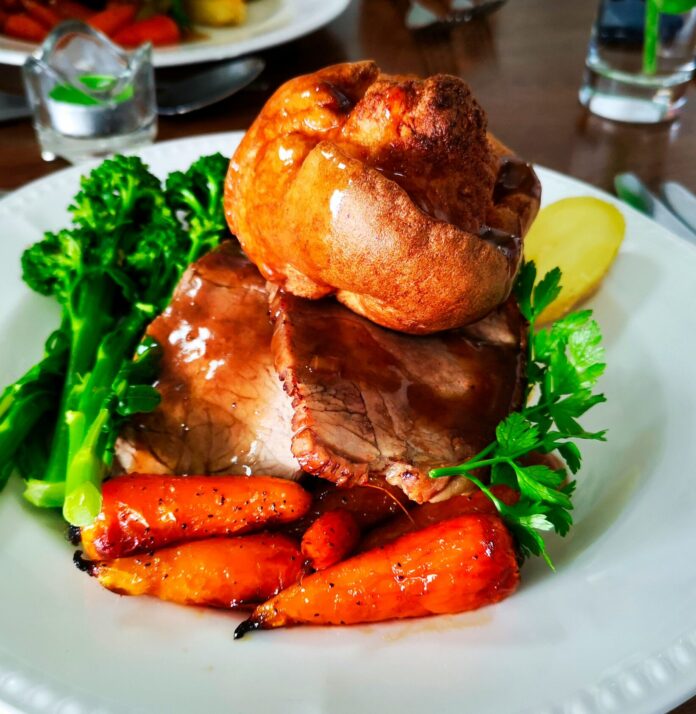Yorkshire Pudding Day in February is a wonderful opportunity to learn a bit about this traditional British dish and its intriguing history. This UK legend was born from the magical combo of eggs, flour, and milk (or water). From a quick starter to a full-on main course with meats and gravy, Yorkshire Pudding is the ultimate Sunday roast staple. So, what’s the story behind these puffs? Let’s dive in.
How Yorkshire Pudding Came to Be
Centuries ago, when people started using wheat flour to make cakes and puddings, chefs in Northern Britain came up with an amazing idea: using dripping pan fat to whip up a batter pudding while meat sizzled away.
Fast forward to 1737, where a recipe for a “dripping pudding” was included in The Whole Duty of a Woman – a guide that was anything but feminist; and later received a glow-up by Hannah Glasse in 1747. Glasse rebranded it as Yorkshire Pudding, transforming it into the fluffy icon Brits know and love today.
Oh, and a bonus fun fact: In 2008, the Royal Society of Chemistry declared it was go big or go home when it comes to Yorkshire Puddings – it seems that if your pudding is under four inches, it’s not the real deal.
Yorkshire Pudding Today
This traditional dish rules the British Sunday lunch scene to this very day. Some still choose to eat it as a starter before the main meat dish (especially in Yorkshire). But honestly, most prefer to pile on all the trimmings in one plate.
Intrigued? Try making it at home! Just make sure it’s more than four inches tall.






